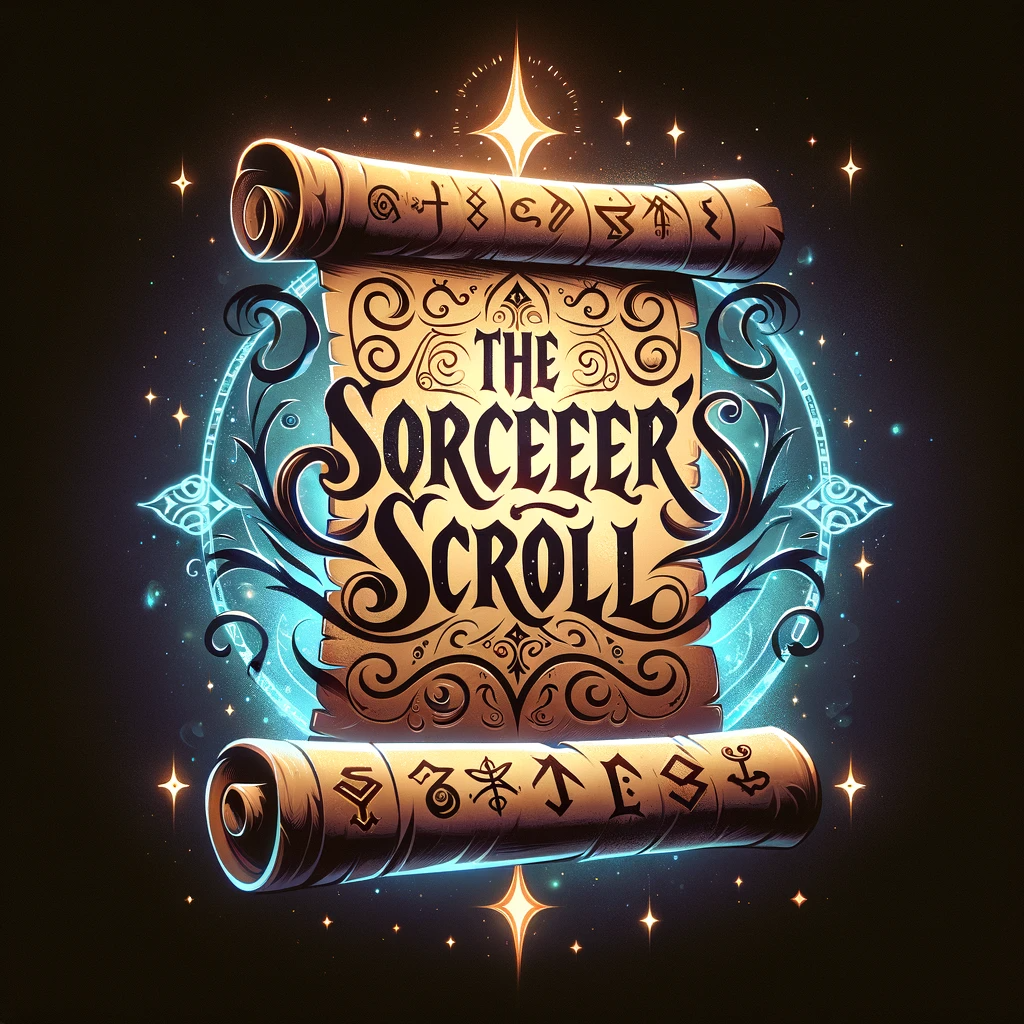Flat design
Flat design is a minimalist UI design genre, or design language, currently used in various graphical user interfaces (such as Web sites or Web applications). It is contrasted with skeuomorphic design.
Definition and purpose
Flat design is a style of interface design without any stylistic elements that give the illusion of three dimensions (such as drop shadows, gradients or textures) and is focused on a minimalist use of simple elements, typography and flat colors. Designers may prefer flat design because it allows interface designs to be more streamlined and efficient. It is easier to quickly convey information while still looking visually appealing and approachable. Additionally, it makes it easier to design an interface that is responsive to changes in browser size across different devices. With minimal design elements, websites are able to load faster and resize easily, and still look sharp on high-definition screens. As a design approach, it is often contrasted to skeuomorphism and rich design.
The International Typographic style is often considered the most substantial influence on flat design and its emergence and popularization during the 1950s and 1960s is regarded as the starting point of flat design, although it would not make an appearance in the digital world for some time thereafter.
Possible future
Some designers believe flat design to be a fad which will pass in time. Criticisms of flat design include, for example, the lack of drop shadows, which may make it more difficult for users to tell if a button is clickable. Flat design is praised for its adaptability among various uses. The simple styling allows flat design to look good across various applications and screen sizes. Some designers believe that a combination of both skeuomorphism and flat design is eventually where flat design will end up. The adaptability of flat design will create simplicity for users and designers, whereas the minute details of skeuomorphism will allow for more focus on specific features.



